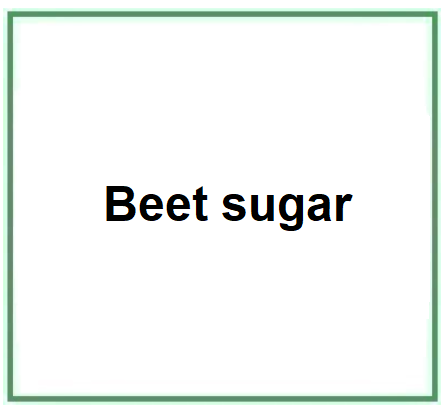![]() Beet sugar
Beet sugar
Rating : 7
Beet sugar (or sugar beet sugar) derives from sugar beets and, while chemically identical to cane sugar, comes from a different plant source.Description of raw materials used in production. Sugar beets, which are a root vegetable high in sucrose, are the primary raw material.Step-by-step summary of industrial production process.Cultivation and... (Read the full Tiiip)
8 pts from FCS777
| Evaluate | Where is this found? |
| "Descrizione" about Beet sugar Review Consensus 8 by FCS777 (5554 pt) | 2023-Oct-06 19:29 |
Beet sugar (or sugar beet sugar) derives from sugar beets and, while chemically identical to cane sugar, comes from a different plant source.Description of raw materials used in production. Sugar ...
| Read the full Tiiip | (Send your comment) |
Read other Tiiips about this object in __Italiano (1)
Content: Family: Last update: 2023-10-06 19:17:22 | Kcal: Threat factors: |



